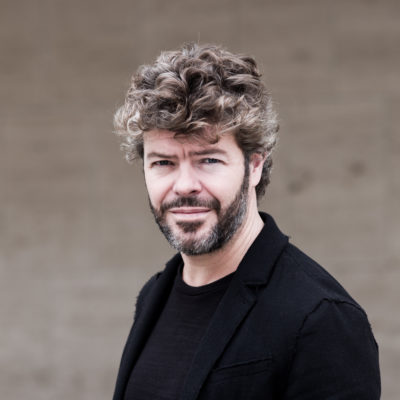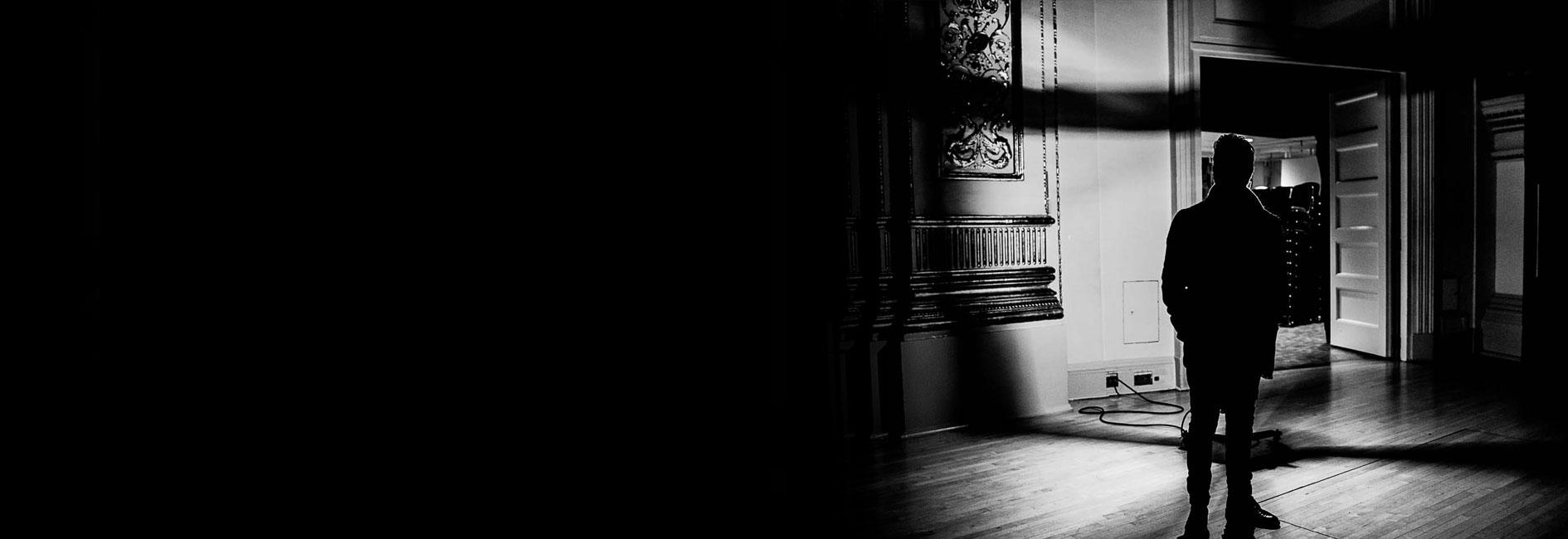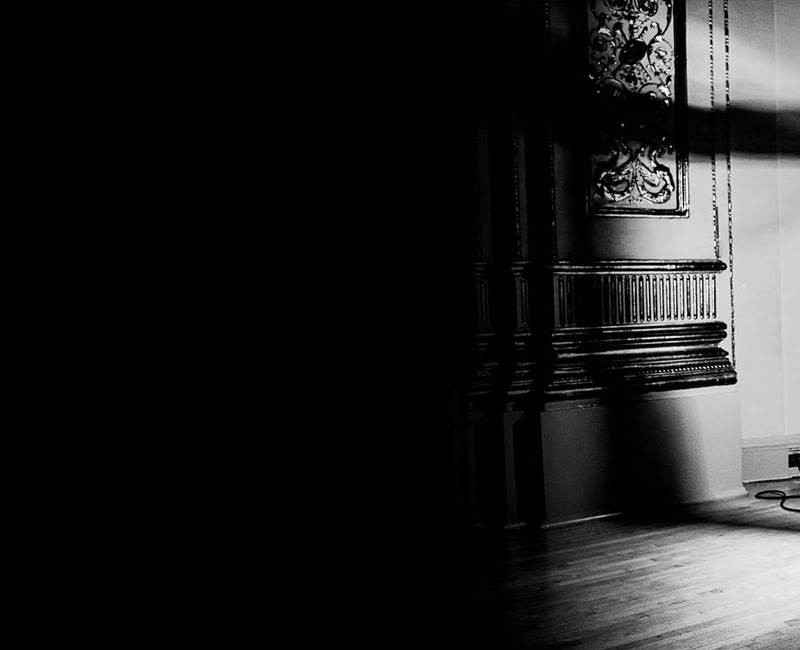
South Florida Classical Review: “a performance full of verve and excitement”
28 Feb 2018
The concert opened with Liszt’s Les Préludes, here given a performance full of verve and excitement. Among the most brilliant passages is the appearance of the heroic main theme in the brass, as the violins weave a complex, almost frantic web of notes, around it. If the brass obliterated the strings at points in this performance, the accuracy and bright sheen of the violins still made for a highly effective performance. Heras-Casado skillfully built to climactic moments, drawing out the ominous tone of the opening and husbanding the power of the orchestra for maximum force in the theme’s final appearance.
The concert ended with Brahms’ Symphony No. 3. From a grand and majestic opening, Heras-Casado led a sweeping, rhythmically sturdy performance of the opening Allegro, but one with the sensitivity, nuance and sense of structure to make it much more than just a sequence of big moments. This was a dynamic, forward-leaning performance, as Heras-Casado gestured for more and more intensity from cellos and violins in their tense ascending figures.
The Andante came off as unusually solemn. In an unhurried performance, Heras-Casado allowed the music to breathe, with the wind section playing in rich, well-balanced tones and a hushed gravity. In the movement’s final section, when violins come in high on the top string, the movement’s quiet passion crested, without any loss of the emotional restraint.
For many of those who love Brahms’ music, the discovery of the third movement is a watershed in their appreciation for this composer. Heras-Casado didn’t milk the stirring opening theme as some conductors do. He allowed the richness of the orchestration, the tonal luster produced by the New World musicians and a touch of emphasis on the dissonant melodic climax, to carry the theme, and this worked. As it moved from oboe, to horn to other instruments, this warm but restrained style allowed the power of Brahms’ music to come through.
The concluding Allegro came off with edge-of-the-seat excitement. The clipped, craggy rhythms, the tension between darkness and light that lasted almost to the end, and the surprisingly quiet conclusion – all were brought off with a transparency, accuracy and sensitivity to the larger whole.
Read the full review on South Florida Classical Review

